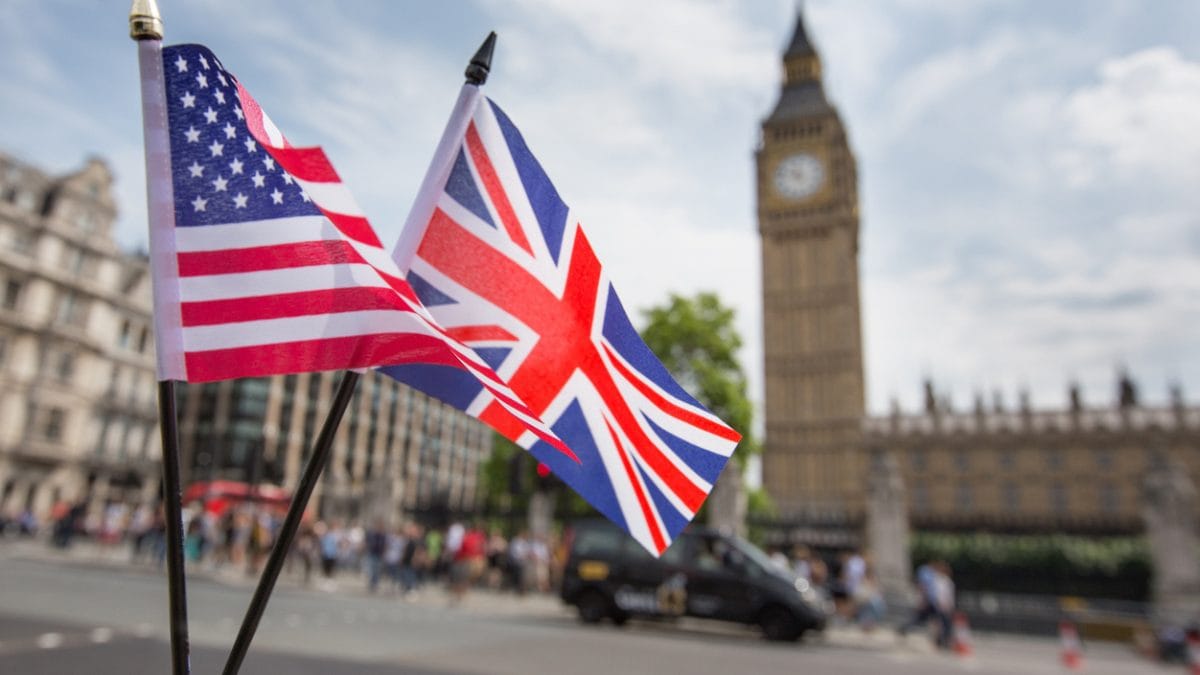
Picture this: you’re in the middle of following a recipe, excitedly preparing a dish you’ve always wanted to try. Then, suddenly, you hit a roadblock—an ingredient you’ve never even heard of. Or perhaps you’re on vacation in the UK, confidently ordering a dish you’ve enjoyed countless times back home, only for the waiter to give you a puzzled look and correct you with a completely unfamiliar word. It’s moments like these that highlight the quirky and often amusing differences between British and American English. How can two countries that speak the same language have such different names for common foods? We might not have the answer, but we do have a rundown of the 15 most popular foods with dual identities. Buckle up for a culinary trip across the Atlantic!
1. Zucchini vs. Courgette

Let’s start with the humble zucchini, which Americans know and love in everything from salads to zoodles. But head over to the UK, and you’ll find that this green squash goes by the name “courgette.” The American term “zucchini” comes from the Italian word for a small squash, while the British “courgette” is borrowed from French. Despite the linguistic divide, both refer to the same versatile veggie. Whether you’re spiralizing courgettes or grilling zucchinis, you’re in for a treat!
2. Eggplant vs. Aubergine
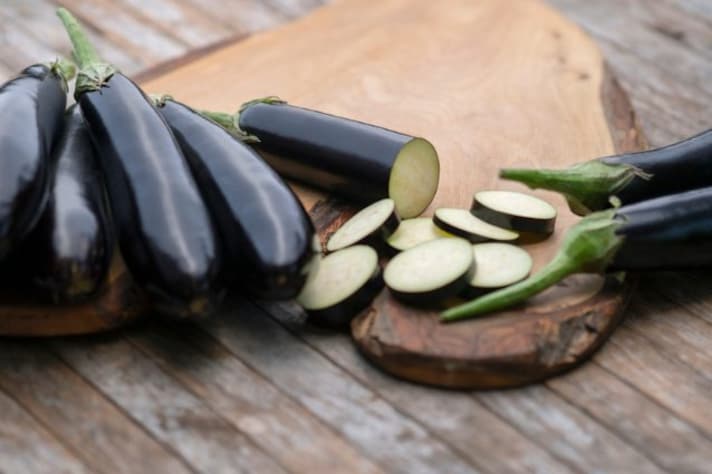
Americans slice up eggplant for their Parmesan, while the British layer aubergine into their moussaka. “Eggplant” refers to the egg-like shape some early varieties had, hence the name. Meanwhile, “aubergine” is derived from French, which in turn got it from Arabic. Regardless of the name, this purple vegetable is a star in both kitchens, even if it sounds like a completely different thing on either side of the pond.
3. Cilantro vs. Coriander

In the US, the fresh, leafy herb that adds zest to your salsa is known as cilantro. In the UK, it’s called coriander, and this name extends to both the fresh leaves and the seeds (which are called coriander seeds in both countries). The word “cilantro” is derived from the Spanish name for the plant, while “coriander” traces back to the Greek “koriannon.” Whether it’s in a taco or a curry, this herb is as essential as it is confusing.
4. Cookie vs. Biscuit

If you’re craving something sweet and you ask for a biscuit in the UK, you’ll get what Americans call a cookie. But in the US, a biscuit is a soft, fluffy bread often served with gravy. The word “cookie” comes from the Dutch “koekje,” meaning little cake, while “biscuit” originates from the Latin “bis coctus,” meaning twice-cooked. In Britain, biscuits are typically crunchy, while cookies are their softer American cousins.
5. French Fries vs. Chips

Ask for chips in the US, and you’ll receive a bag of thin, crispy snacks. But in the UK, chips are what Americans call French fries. The term “French fries” supposedly originated in the US during World War I when American soldiers in Belgium tasted the fried potatoes. The British “chips” likely comes from the verb “to chip,” as in to cut into pieces. Regardless of what you call them, both are perfect for dipping in ketchup (or should we say, tomato sauce?).
6. Potato Chips vs. Crisps
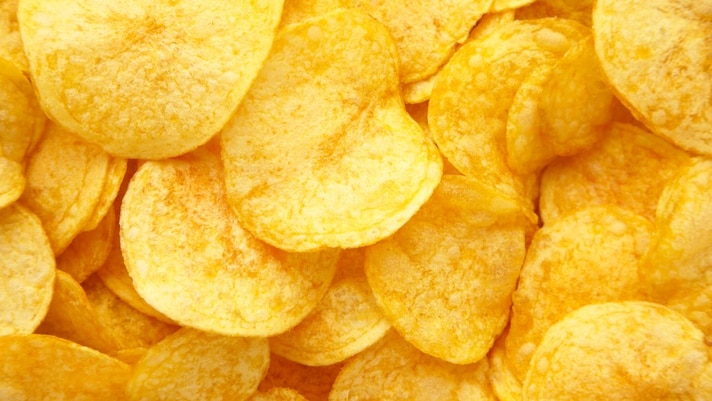
Speaking of chips, the American snack food made from thinly sliced, fried potatoes is called “crisps” in the UK. The word “crisp” perfectly describes the texture of this popular snack, while “potato chips” in the US simply shortens the original term “potato crisps.” Whether you’re munching on crisps or chips, it’s the crunch that counts!
7. Arugula vs. Rocket

In the US, you might toss some arugula into your salad for a peppery kick, but in the UK, the same leafy green is called rocket. The British term comes from the Italian “rucola,” which was adapted into “roquette” in French and eventually shortened to rocket in English. “Arugula” is the American take, also derived from the Italian word. No matter the name, this leafy green adds a burst of flavor to any dish.
8. Ground Beef vs. Mince

In American supermarkets, you’ll find packages of ground beef ready to be turned into burgers or meatloaf. In the UK, the same product is called “mince” or “minced beef.” The British term “mince” comes from the old French “mincier,” meaning to chop finely, while “ground” is the more literal American description of the process. Both terms describe the same versatile meat, perfect for a variety of hearty dishes.
9. Rutabaga vs. Swede
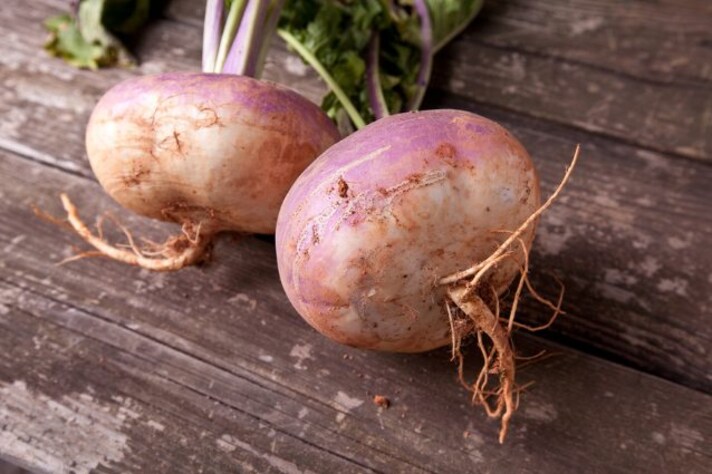
The vegetable that Americans call rutabaga is known as “swede” in the UK. The name “rutabaga” comes from the Swedish word “rotabagge,” while “swede” is a shortened form of “Swedish turnip.” Both terms refer to the same root vegetable, which is often used in stews or mashed as a side dish. Whether it’s swede or rutabaga, it’s a tasty, underappreciated veggie.
10. Candy vs. Sweets
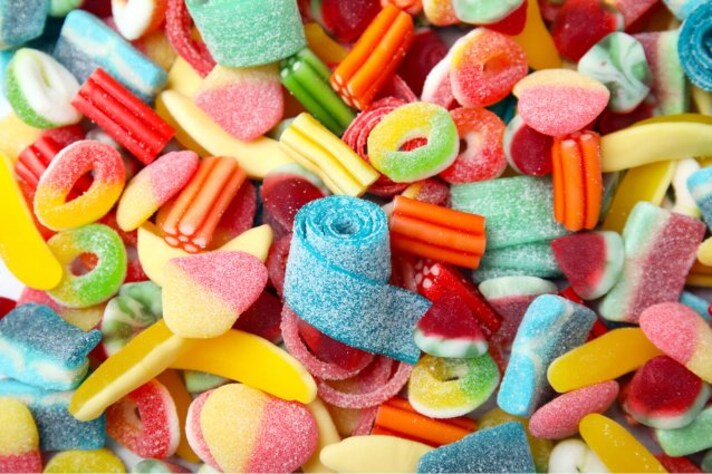
When Americans have a sugar craving, they reach for candy, while the British go for sweets. The term “candy” comes from the Arabic word “qandi,” meaning sugar, while “sweets” is a straightforward description of the sugary treats. Whether it’s candy or sweets, these sugary delights are sure to satisfy your sweet tooth.
11. Popsicle vs. Ice Lolly

On a hot summer day, Americans cool down with a popsicle, but in the UK, they reach for an ice lolly. The word “popsicle” is a blend of “pop” (short for “popular”) and “icicle,” while “ice lolly” simply describes a frozen treat on a stick. No matter what you call it, this frozen delight is a summer staple on both sides of the Atlantic.
12. Shrimp vs. Prawn

If you’re ordering seafood in the US, you’ll likely see shrimp on the menu. In the UK, you might find prawns instead. Although there’s a technical difference between the two (with prawns generally being larger), the terms are often used interchangeably in both countries. The word “shrimp” comes from Middle English “shrimpe,” while “prawn” has roots in the Old English “praine.” Whether shrimp or prawn, both make for a delicious seafood dish.
13. Cotton Candy vs. Candy Floss
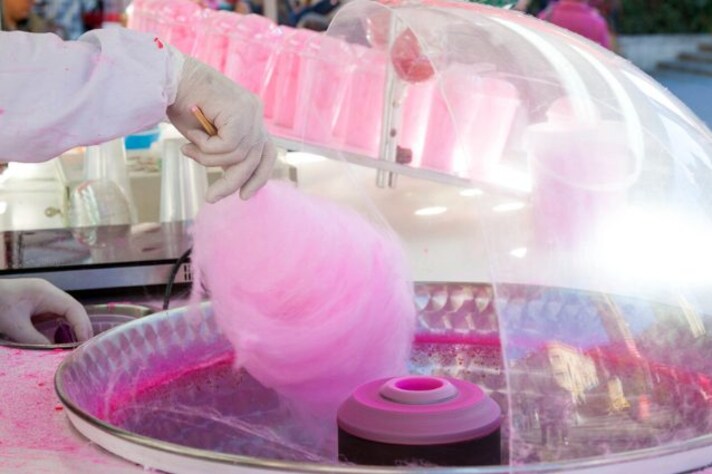
At a fair in the US, you might treat yourself to some cotton candy, but in the UK, the same fluffy treat is called candy floss. The term “cotton candy” perfectly describes the candy’s resemblance to cotton, while “candy floss” refers to its silky, thread-like texture. Both names capture the fun, light nature of this sugary delight.
14. Jell-O vs. Jelly
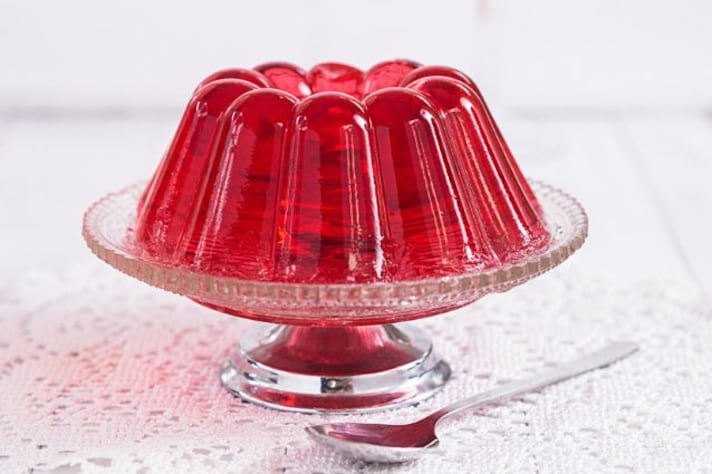
In the US, a wobbly, gelatin-based dessert is known as Jell-O, a brand name that has become synonymous with the product. In the UK, it’s called jelly. Meanwhile, what Americans call jelly (a fruit spread) is known as jam in the UK, unless it has seeds, in which case it’s called jelly. Confused yet? Just remember, in the UK, jelly wobbles, and jam spreads!
15. Biscuit vs. Scone
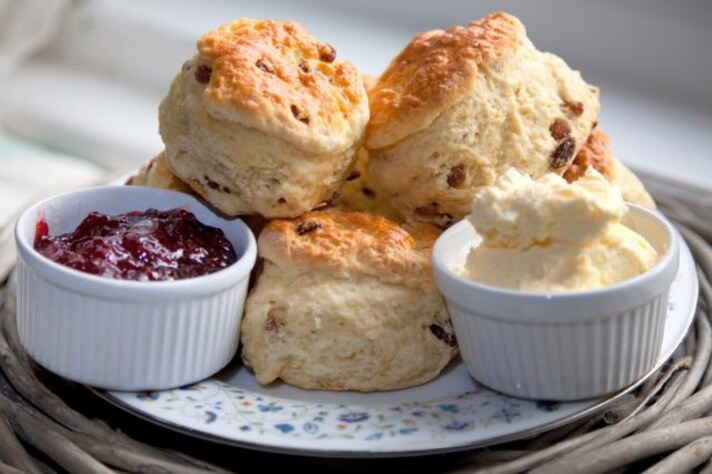
Lastly, we have the American biscuit, a soft, flaky bread often served with butter or gravy, and the British scone, which is similar but typically sweeter and enjoyed with jam and cream. The word “biscuit” in the US comes from the Latin “bis coctus,” but in the UK, a biscuit is what Americans call a cookie. Meanwhile, “scone” is believed to have originated from the Dutch word “schoonbrood,” meaning “fine bread.” Whether you’re having biscuits and gravy or a cream tea with scones, both are undeniably delicious.
;Resize,width=767;)
